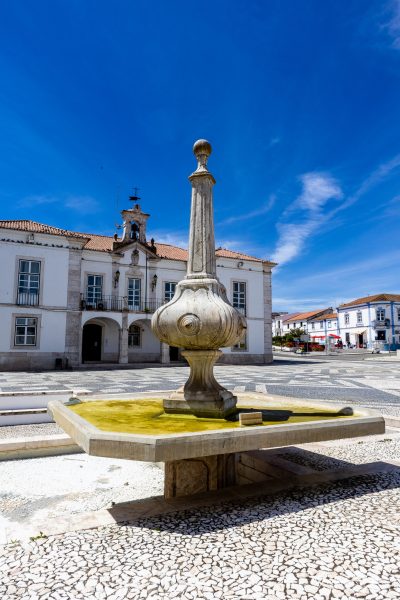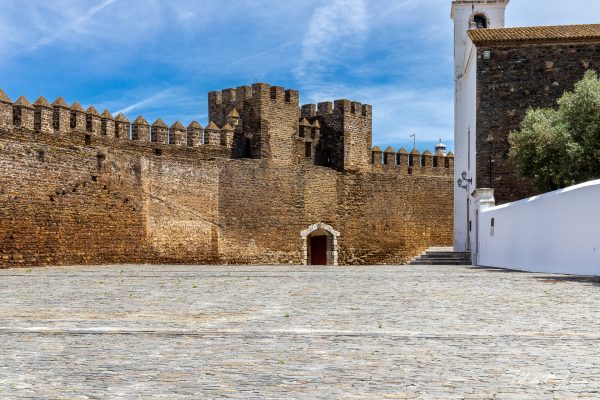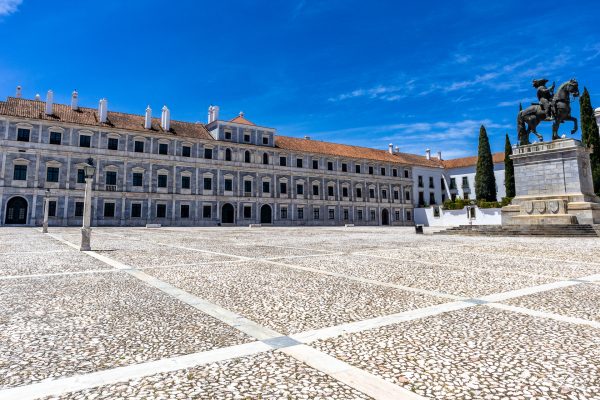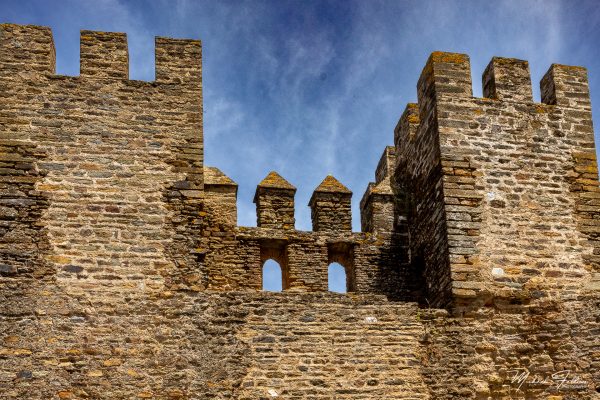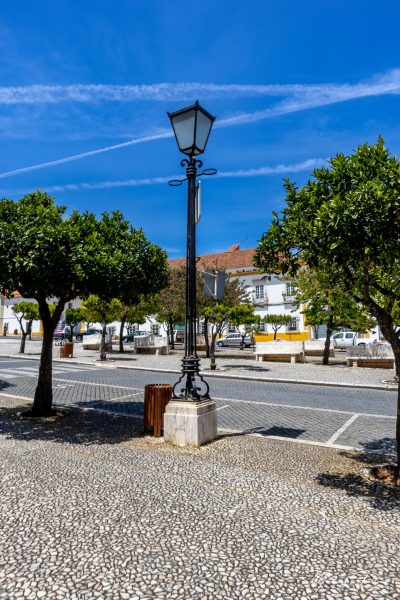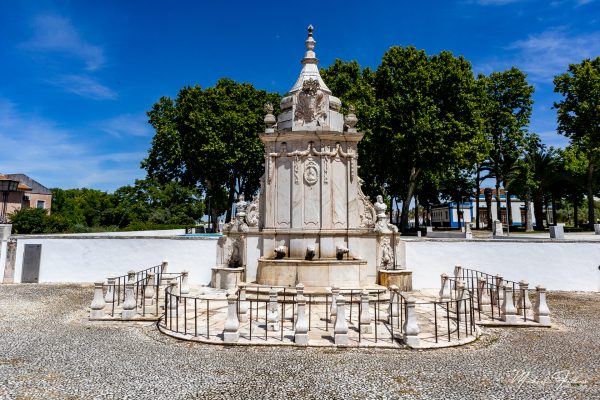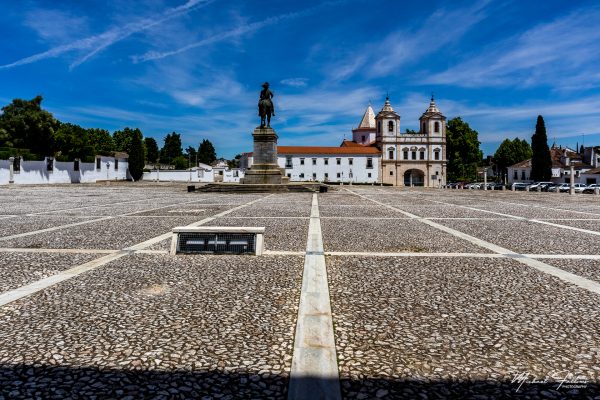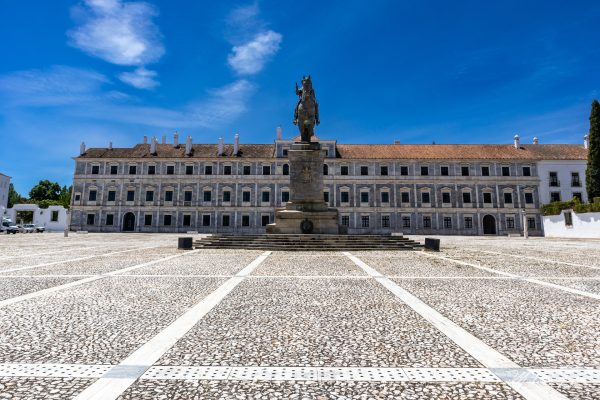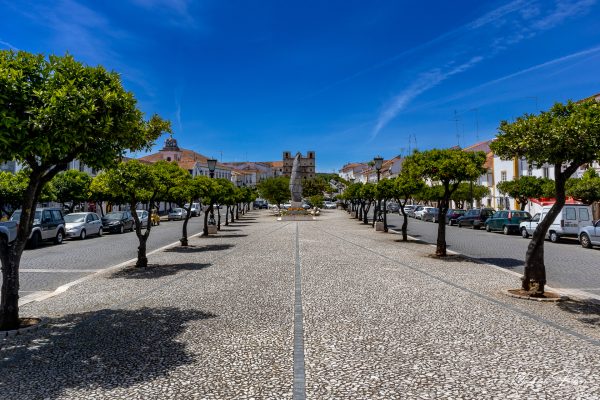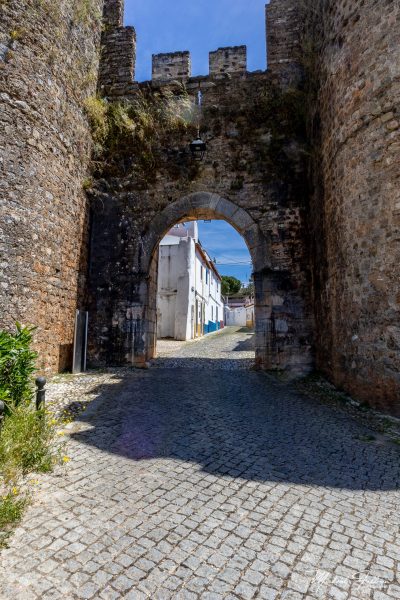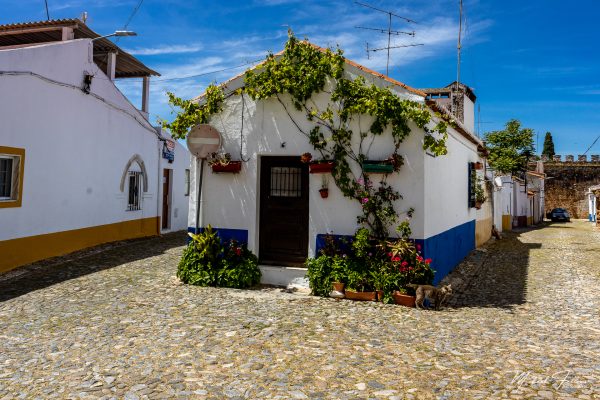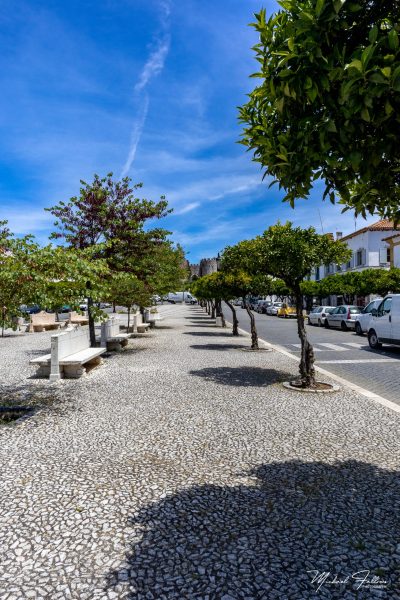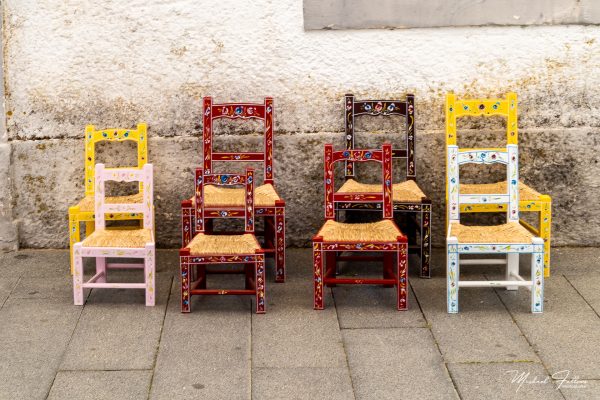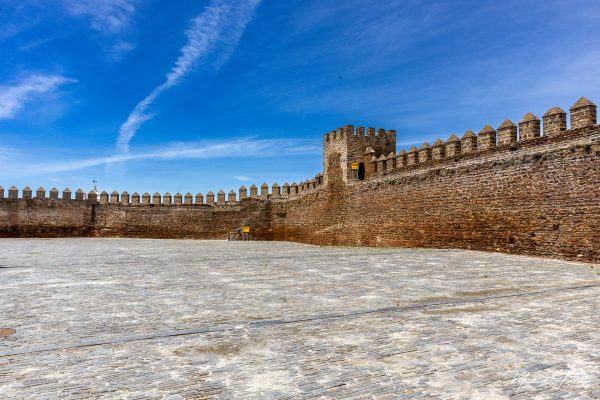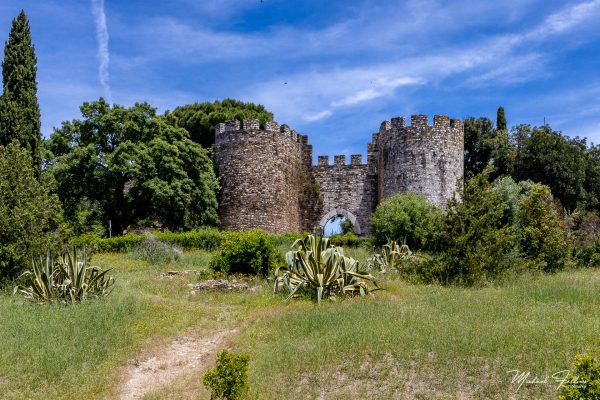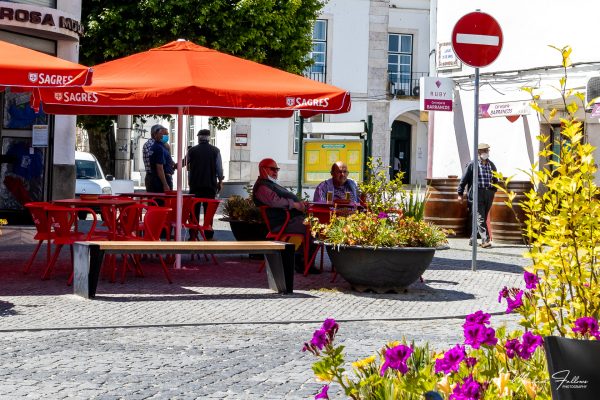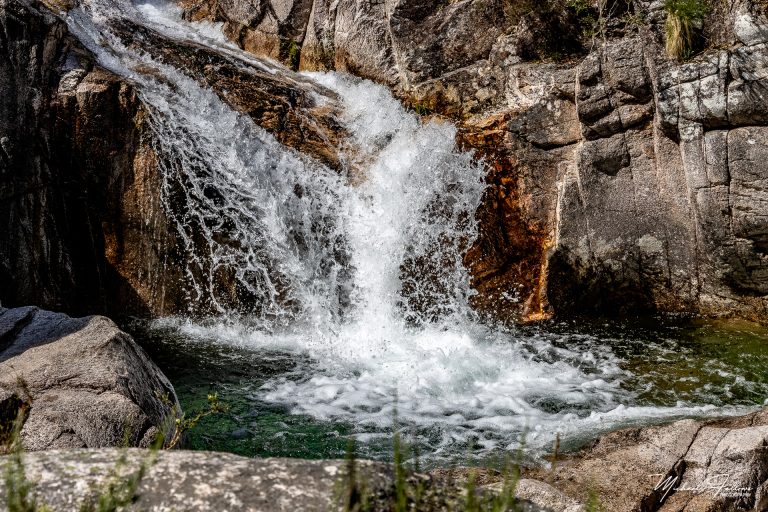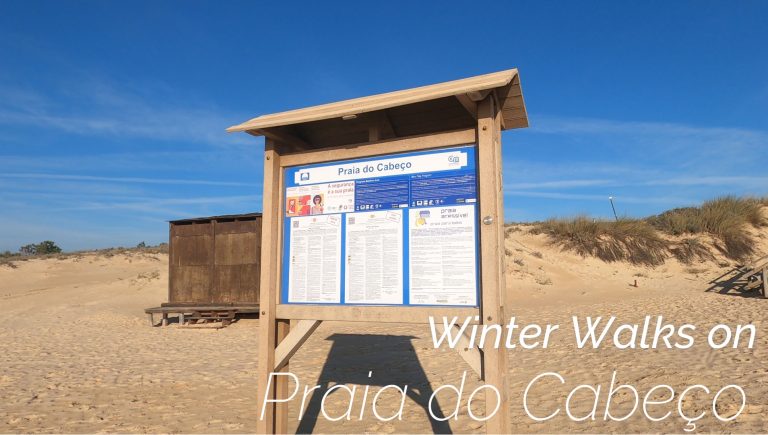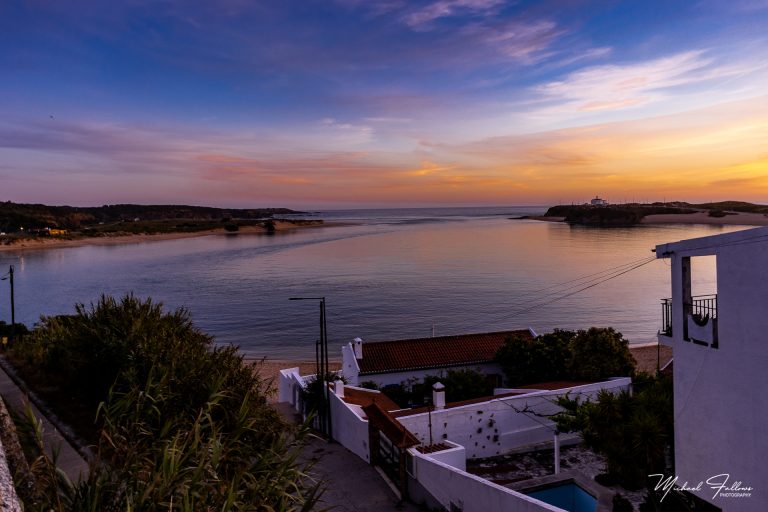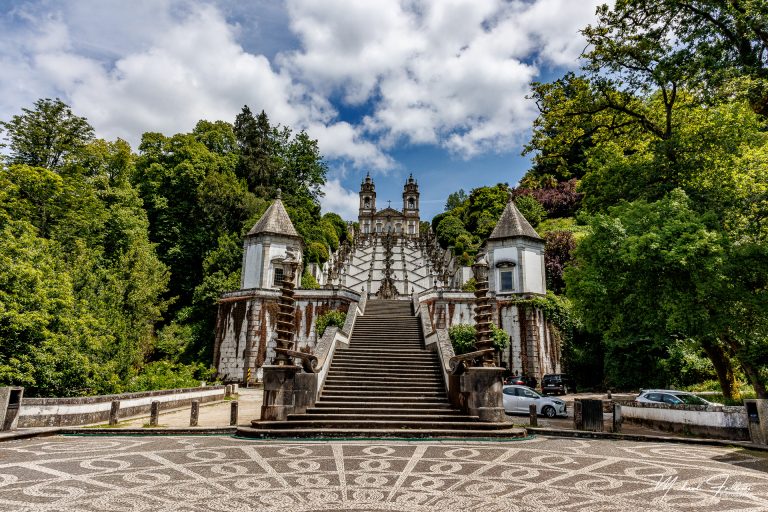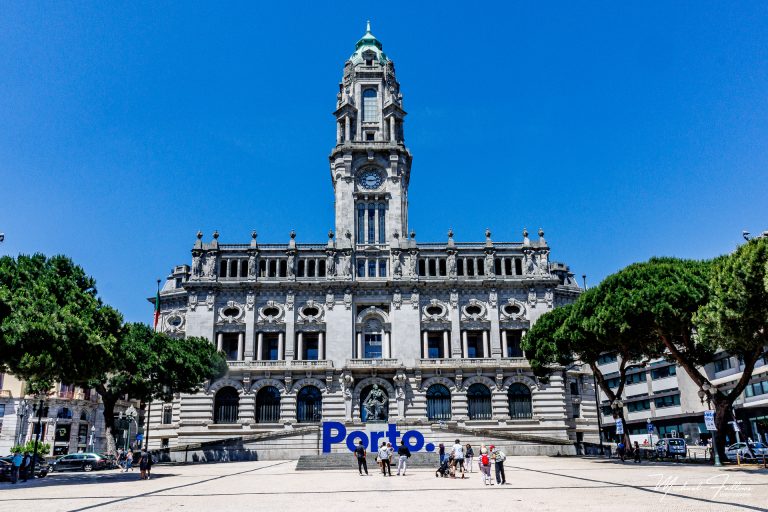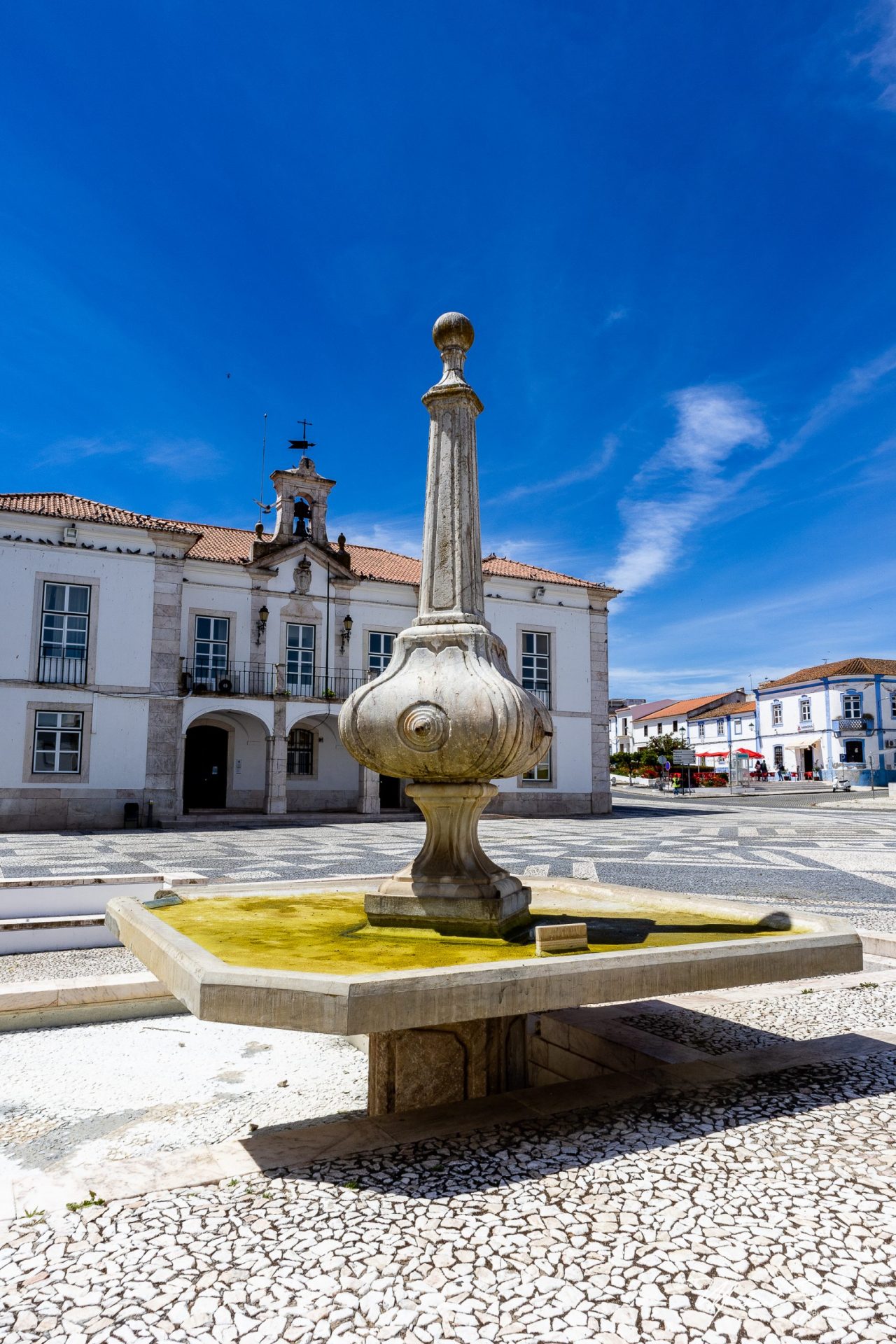
Redondo: Portugal’s Hidden Gem in the Alentejo
Nestled in the rolling hills of Portugal’s Alentejo region, the village of Redondo is a captivating destination that offers a delightful blend of history, culture, and natural beauty. Known for its rich ceramics tradition, whitewashed houses, and picturesque landscapes, Redondo is a charming escape that beckons travellers seeking an authentic Portuguese experience. With a history that spans centuries, this quaint village is a treasure trove of architectural gems, artisanal crafts, and serene countryside vistas.

Historical Overview
Redondo’s history dates back to prehistoric times, as evidenced by the numerous megalithic monuments in the surrounding countryside. The village’s strategic location made it an important settlement during the Roman era, and later, the Moors fortified it, leaving a lasting influence on its architecture and layout.
The 13th century marked a significant turning point for Redondo when it was reconquered by the Christian forces of King Afonso III. To secure the area, a castle was built, around which the village grew. The medieval period saw Redondo flourish, particularly during the reign of King Dinis, who granted it a charter in 1318, encouraging further development.
Redondo’s ceramics industry, for which it is renowned today, began to thrive in the 16th century. The village’s clay-rich soil provided the perfect material for pottery, and over the centuries, this craft became deeply embedded in the local culture. Today, Redondo’s ceramics are celebrated for their quality and distinctive designs, attracting collectors and enthusiasts from around the world.
Exploring Redondo
Castle of Redondo: Dominating the village skyline, the Castle of Redondo is a must-visit. Built in the 13th century, this well-preserved fortress offers stunning views of the surrounding countryside. The castle’s walls and towers provide a glimpse into the village’s defensive past, while the adjacent Church of Our Lady of the Assumption, with its beautiful Manueline portal, adds to the historical allure.
Museu do Barro: To delve deeper into Redondo’s rich ceramics tradition, a visit to the Museu do Barro (Clay Museum) is essential. The museum showcases the evolution of pottery in the region, featuring an impressive collection of traditional and contemporary pieces. Interactive exhibits and workshops offer visitors the chance to try their hand at this ancient craft.
Traditional Streets: Wandering through the narrow, cobbled streets of Redondo is a delightful experience. The village’s whitewashed houses, adorned with colourful flower pots and intricate tilework, create a picturesque setting. The Rua Direita is particularly charming, lined with artisan shops and cafes where you can savour local delicacies.
Nossa Senhora de Machede: Just outside the village, the Nossa Senhora de Machede is a serene chapel set amidst the rolling hills. This peaceful spot offers a moment of reflection and stunning panoramic views of the Alentejo landscape.
Herdade de Esporão: Wine enthusiasts will find joy in visiting the Herdade de Esporão, one of the most renowned wineries in the Alentejo. A short drive from Redondo, this estate offers guided tours of its vineyards and cellars, culminating in a tasting session of their acclaimed wines. The estate also features a restaurant that serves delicious regional cuisine, making it a perfect spot for a leisurely afternoon.
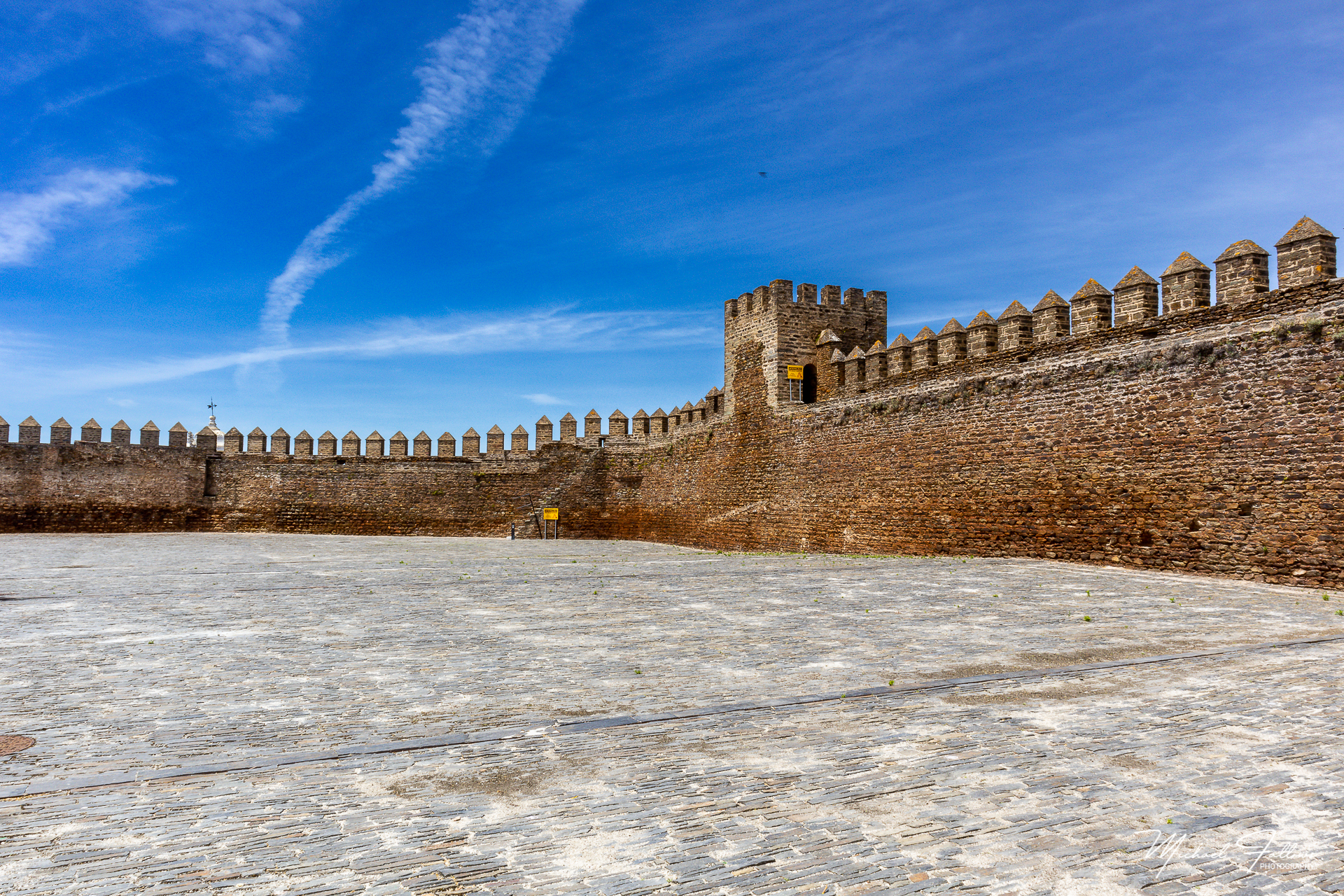
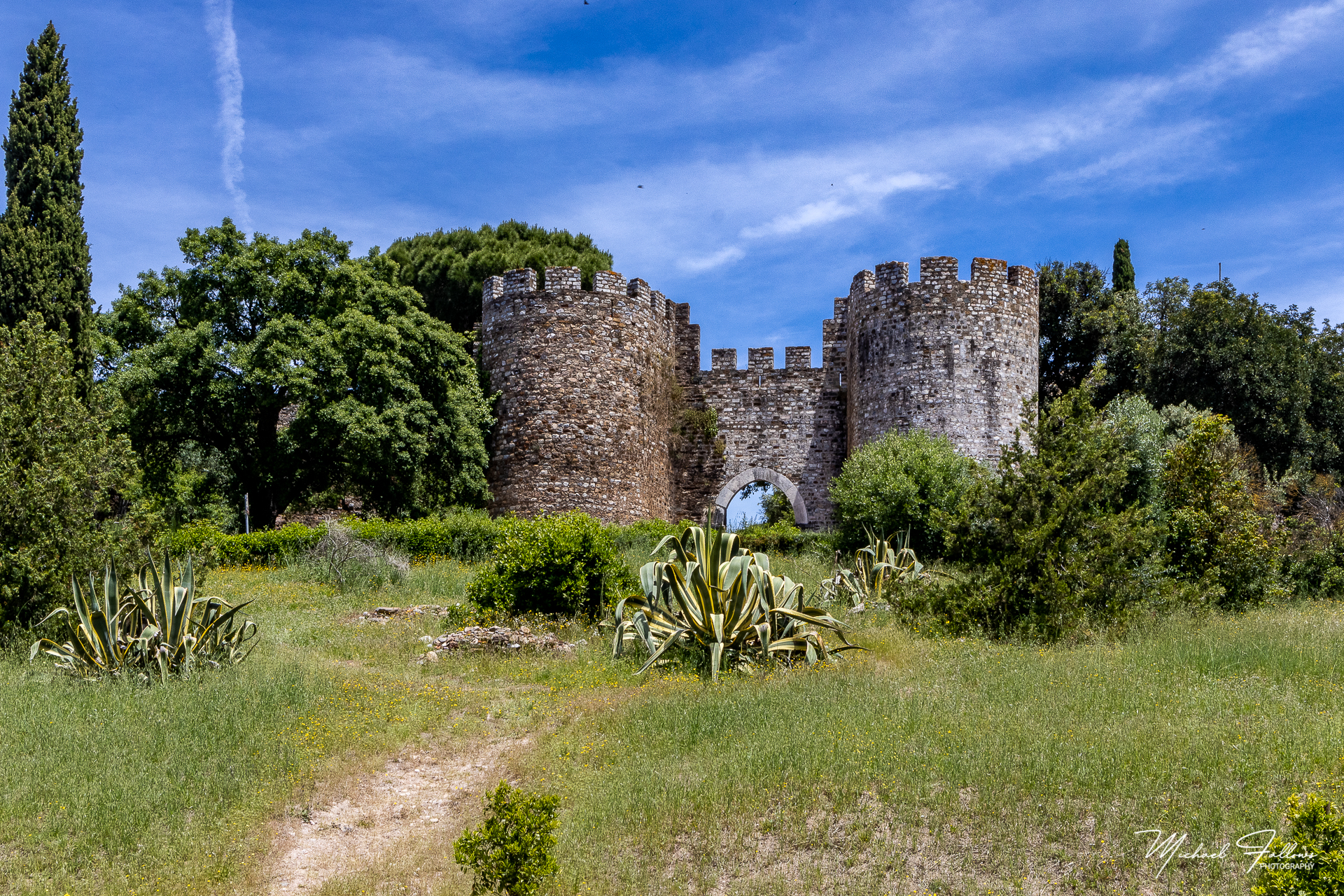
Cultural and Culinary Delights
Redondo is a village that delights the senses, particularly through its rich culinary traditions and vibrant cultural scene.
Local Cuisine: The Alentejo region is known for its hearty and flavourful cuisine, and Redondo is no exception. Traditional dishes such as migas (breadcrumbs fried with garlic and pork), açorda (bread soup with coriander), and ensopado de borrego (lamb stew) are staples on local menus. The village’s restaurants often feature these dishes, prepared with locally sourced ingredients.
Ceramics Shopping: No visit to Redondo would be complete without exploring its ceramics shops. Artisans in the village continue to produce beautiful handcrafted pieces, from everyday tableware to intricate decorative items. These ceramics make for unique souvenirs and gifts, each piece reflecting the village’s artistic heritage.
Festivals: Redondo’s cultural calendar is filled with festivals and events that celebrate its traditions. The Festa das Flores, held annually in August, is a highlight, transforming the village streets into a vibrant display of paper flowers. The event includes parades, music, and traditional dances, offering a festive atmosphere that draws visitors from near and far.
Nature and Outdoor Activities
The natural beauty surrounding Redondo provides ample opportunities for outdoor activities. The Alentejo’s rolling hills, olive groves, and vineyards create a stunning backdrop for hiking and cycling. The nearby Alqueva Dam, one of Europe’s largest artificial lakes, offers water sports, fishing, and boat tours. The region’s clear skies also make it a perfect spot for stargazing, with several astronomical observatories offering guided tours.
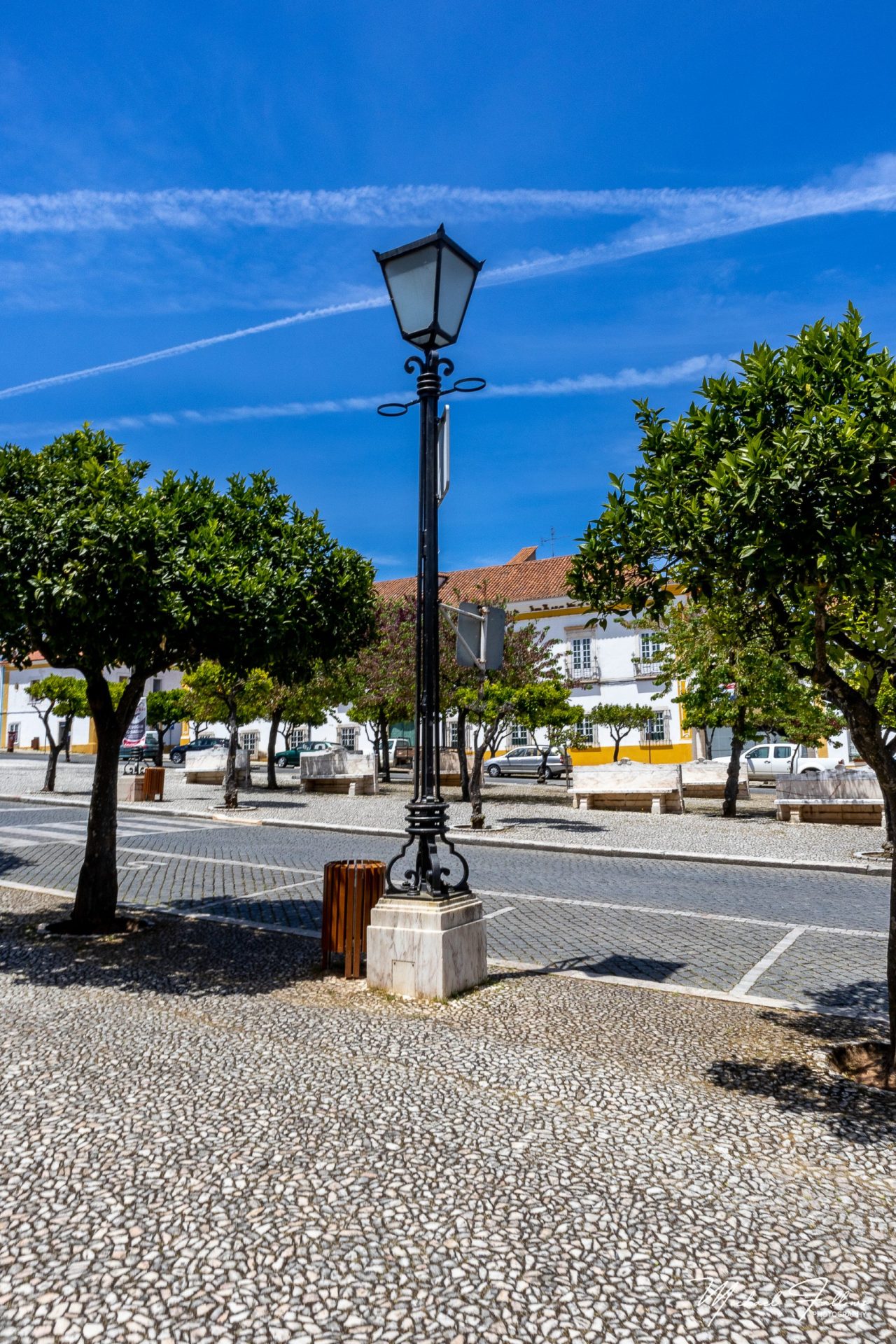
Conclusion
Redondo is a destination that captivates with its blend of history, culture, and natural beauty. Whether you’re exploring its medieval castle, indulging in its culinary delights, or simply wandering through its charming streets, Redondo offers a rich and rewarding experience. This village, with its deep-rooted traditions and welcoming atmosphere, invites travellers to step back in time and savour the authentic essence of the Alentejo. For those seeking a tranquil yet enriching getaway, Redondo is a hidden gem waiting to be discovered.

